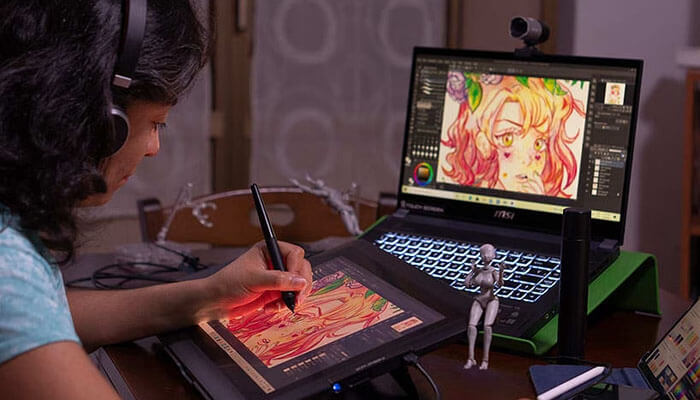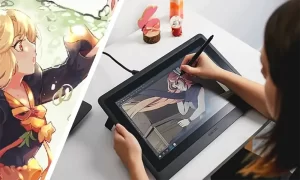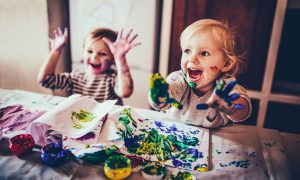
In the digital age, technology has become an inseparable part of our lives, revolutionizing various aspects, including the realm of creativity
The intersection of technology and creativity has given rise to innovative tools, platforms, and possibilities that have transformed the way we express ourselves artistically. In this article, we will explore the exciting innovations at the crossroads of technology and creativity, discussing their impact on art, design, and creative industries
1. Digital Art: Redefining the Canvas:
The advent of digital tools and software has opened up a whole new world of artistic possibilities. We’ll explore how digital art has expanded the boundaries of creativity, allowing artists to experiment with virtual brushes, layers, and textures. From digital painting to generative art and augmented reality installations, we’ll delve into the diverse forms of digital art and the unique experiences they offer.
2. Virtual Reality and Immersive Experiences:
Virtual reality (VR) technology has revolutionized the way we experience art and storytelling. We’ll discuss how VR has transformed traditional mediums, enabling viewers to step into immersive worlds and interact with art in ways never before possible. From virtual museum tours to VR-powered exhibitions, we’ll explore how this technology has made art more accessible, engaging, and interactive.
3. Creative Collaboration in the Digital Space:
The digital age has brought people from all around the world closer together, fostering collaborative opportunities for creative minds. We’ll delve into the rise of online platforms and communities that facilitate artistic collaboration, such as crowd-sourced art projects, virtual art communities, and collaborative design tools. We’ll examine how these platforms have democratized creativity, allowing artists to connect, share ideas, and create together across geographical boundaries.
4. AI and Machine Learning in Creative Industries:
Artificial intelligence (AI) and machine learning algorithms are increasingly being employed in creative fields, pushing the boundaries of what is possible. We’ll explore how AI is used to generate art, music, and literature, discuss the ethical considerations surrounding AI-generated creativity, and examine the role of human artists in collaborating with AI systems. We’ll also delve into the use of machine learning algorithms in design, fashion, and architecture, fueling new levels of innovation and efficiency.
Conclusion:
The intersection of technology and creativity in the digital age has opened up a world of endless possibilities. From digital art and virtual reality to online collaboration and AI-driven creativity, these innovations have transformed the way we create, experience, and appreciate art. As technology continues to advance, it is vital for artists, designers, and creative professionals to embrace these innovations, harness their potential, and push the boundaries of what is creatively achievable. By embracing the intersection of technology and creativity, we pave the way for a future where innovation and artistic expression intertwine to shape a vibrant and dynamic creative landscape.

